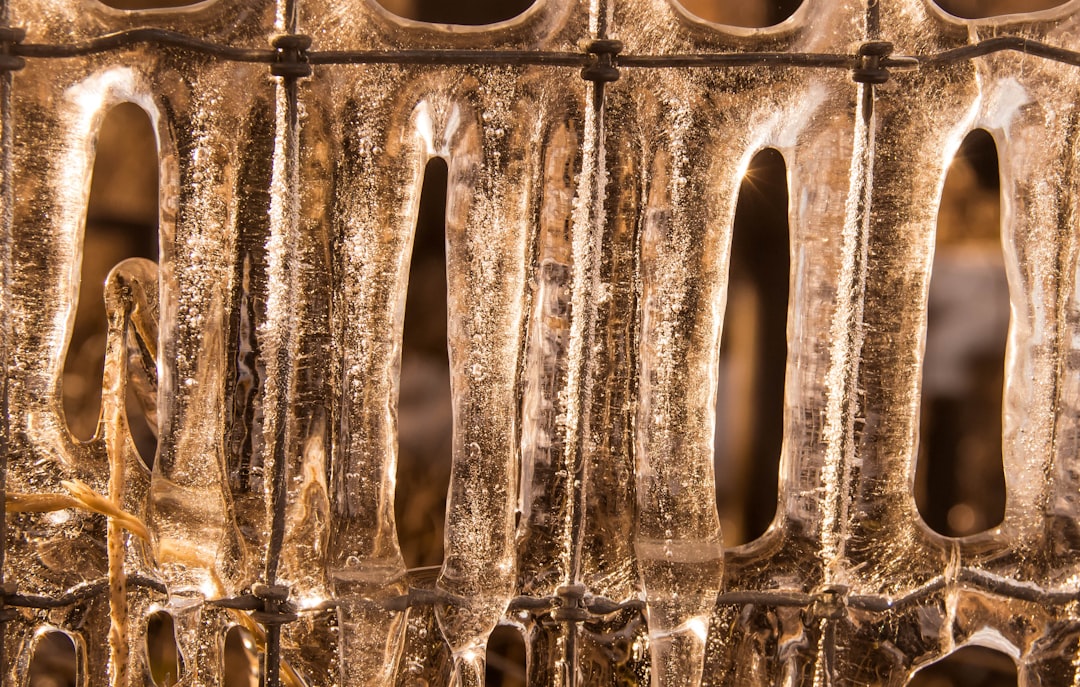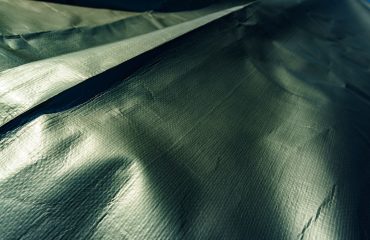body {
font-family: sans-serif;
line-height: 1.6;
}
h1, h2, h3 {
color: #333;
}
Heat treatment is a crucial process in metallurgy and materials science, significantly influencing the mechanical properties of metals and alloys. By carefully controlling temperature and time, we can manipulate the microstructure, leading to dramatic changes in strength, ductility, hardness, and other critical characteristics. This post delves into the fascinating relationship between heat treatment and the resulting mechanical properties.
1. Understanding the Microstructural Changes: The Foundation of Altered Properties
The mechanical properties of a material are intrinsically linked to its microstructure. Heat treatment alters this microstructure by influencing the arrangement of atoms and phases within the material. For instance, annealing, a process involving heating and slow cooling, promotes the growth of larger, more uniform grains, leading to increased ductility and reduced hardness. Conversely, quenching, a rapid cooling process, traps atoms in a high-energy state, resulting in a finer grain structure and increased hardness and strength, albeit often at the expense of ductility.
Different phases within the material also play a crucial role. For example, the formation of martensite during the quenching of steel significantly increases its hardness due to the unique crystal structure of martensite. Understanding these phase transformations is key to predicting the outcome of a heat treatment process.
2. Hardness: A Measure of Resistance to Indentation
Hardness is a crucial mechanical property that reflects a material’s resistance to indentation or scratching. Heat treatments drastically influence hardness. Quenching, as mentioned earlier, is frequently used to increase hardness. The extent of the hardness increase depends on the cooling rate and the alloy composition. However, excessively high hardness can lead to brittleness, making the material prone to cracking under stress. Tempering, a subsequent low-temperature heat treatment following quenching, reduces hardness slightly while improving ductility and toughness.
Various hardness testing methods, such as Rockwell, Brinell, and Vickers, are employed to quantitatively assess the changes in hardness following different heat treatments.
3. Tensile Strength: The Material’s Resistance to Pulling Forces
Tensile strength measures a material’s ability to withstand tensile forces before failure. Heat treatments can significantly enhance tensile strength. Quenching and tempering, a common combination, is often employed to achieve a balance between high tensile strength and reasonable ductility. The specific tensile strength achieved depends on the material’s composition, the chosen heat treatment cycle, and the cooling rate.
The tensile test, a standard mechanical test, provides data on yield strength, ultimate tensile strength, and elongation, providing a comprehensive understanding of the material’s tensile behavior after heat treatment.
4. Ductility and Toughness: A Balancing Act
Ductility, the ability of a material to deform plastically before fracture, and toughness, the ability to absorb energy before fracture, are often inversely related to hardness. While quenching increases hardness and tensile strength, it typically reduces ductility and toughness. This is because the fine grain structure and the presence of hard phases hinder plastic deformation.
Tempering, following quenching, helps restore some ductility and toughness by reducing internal stresses and allowing for some grain growth. The optimal balance between strength and ductility is a critical consideration in selecting the appropriate heat treatment for a given application.
5. Fatigue Resistance: Enhancing Durability Under Cyclic Loading
Fatigue is a type of failure that occurs under repeated cyclic loading, even at stresses below the yield strength. Heat treatment can influence fatigue resistance, but the relationship isn’t always straightforward. While some heat treatments might improve fatigue resistance by refining the microstructure and reducing internal stresses, others might have a detrimental effect. For example, residual stresses introduced during quenching can act as fatigue crack initiation sites.
Shot peening, a surface treatment often used in conjunction with heat treatment, can improve fatigue resistance by introducing compressive residual stresses on the surface, thus delaying crack initiation.
Careful consideration of the specific heat treatment process and its potential impact on residual stresses is crucial for optimizing fatigue resistance.
In conclusion, heat treatment is a powerful tool for tailoring the mechanical properties of materials to meet specific application requirements. Understanding the intricate relationship between heat treatment processes, microstructural changes, and resulting mechanical properties is essential for engineers and material scientists to design and manufacture high-performance components.
SEO-Friendly Tags:
- Heat Treatment
- Mechanical Properties
- Material Science
- Metallurgy
- Tensile Strength




